
The global sensor fusion market is experiencing significant growth, driven by advancements in technology and the increasing demand for integrated sensor solutions across various industries. In 2024, the market reached a value of USD 7.6 billion and is projected to expand to USD 28.2 billion by 2033, exhibiting a CAGR of 15.74% during the forecast period. This growth is fueled by the proliferation of Internet of Things (IoT) devices, the need for improved data accuracy, and the adoption of autonomous systems in automotive, healthcare, and industrial sectors.
Study Assumption Years
Base Year: 2024
Historical Years: 2019-2024
Forecast Years: 2025-2033
Sensor Fusion Market Key Takeaways
Market Size & Growth: The sensor fusion market size was valued at USD 7.6 billion in 2024 and is expected to reach USD 28.2 billion by 2033, growing at a CAGR of 15.74%.
Dominant Region: Asia Pacific leads the market, driven by rapid technological advancements and significant investments in smart infrastructure.
Leading Industry Vertical: Consumer electronics dominate the market, with widespread adoption of sensor fusion technology in devices like smartphones, wearables, and home automation systems.
Key Technology: MEMS technology holds the largest market share due to its widespread application in various devices, offering high performance and cost-effectiveness.
Top Sensor Type: Inertial Measurement Units (IMUs) dominate the market, providing precise motion tracking and orientation data across multiple applications.
Emerging Applications: Sensor fusion is increasingly utilized in automotive, healthcare, and military sectors for enhanced functionality and performance.
What Are the Major Growth Drivers of the Sensor Fusion Market?
Integration of Artificial Intelligence (AI) and Machine Learning (ML)
The integration of AI and machine learning is a game-changer. Businesses are using these technologies to make sense of massive amounts of sensor data in real time. In healthcare, for example, this means more accurate diagnostics and smarter patient monitoring. As AI and ML keep evolving, we’re seeing a steady stream of innovation and investment in sensor fusion tech.
Proliferation of IoT Devices and Smart Technologies
The explosion of IoT devices and smart technologies. Sensor fusion is at the heart of these systems, combining data from multiple sources to deliver precise, context-aware results. Whether it’s smart homes, cities, or factories, this technology is enabling better control and automation. Plus, with sensors and microcontrollers getting cheaper and more powerful, the market is expanding fast.
Advancements in Autonomous Vehicles and ADAS
The automotive industry is another major driver. Advanced Driver Assistance Systems (ADAS) and autonomous vehicles are heavily dependent on sensor fusion. By integrating data from cameras, LiDAR, and radar, automakers are delivering safer, smarter vehicles. Tighter safety regulations and the push toward automation are only accelerating adoption in this sector.
Market Segmentation
By Type
Radar Sensors: Utilized for detecting objects and measuring their distance and speed, essential in automotive and industrial applications.
Image Sensors: Capture visual information, widely used in consumer electronics and surveillance systems.
Inertial Measurement Units (IMU): Provide precise motion tracking and orientation data across various applications.
Temperature Sensors: Measure temperature variations, crucial in environmental monitoring and industrial processes.
Others: Include various specialized sensors catering to specific industry needs.
By Technology
MEMS: Micro-Electro-Mechanical Systems offer miniaturized, cost-effective solutions with high performance, widely adopted in consumer electronics and automotive sectors.
Non-MEMS: Encompass traditional sensor technologies used in applications requiring different specifications.
By Industry Vertical
Automotive: Sensor fusion enhances vehicle safety and automation features, integral to ADAS and autonomous driving.
Healthcare: Enables advanced patient monitoring and diagnostic tools, improving healthcare delivery.
Consumer Electronics: Enhances functionality and user experience in devices like smartphones and wearables.
Military and Defense: Improves situational awareness and decision-making in defense applications.
Others: Includes industrial automation, aerospace, and other sectors leveraging sensor fusion technologies.
By Region
North America (United States, Canada)
Asia Pacific (China, Japan, India, South Korea, Australia, Indonesia, Others)
Europe (Germany, France, United Kingdom, Italy, Spain, Russia, Others)
Latin America (Brazil, Mexico, Others)
Middle East and Africa
Which Region Leads the Sensor Fusion Market?
On a global scale, Asia Pacific is leading the charge. The region’s rapid tech advancements, hefty investments in infrastructure, and booming automotive and electronics industries, especially in China, Japan, and India, are driving adoption across the board.
What Are the Recent Developments in the Sensor Fusion Market?
As for recent developments? Companies are laser-focused on making sensor fusion systems more compact, cost-effective, and energy efficient. The automotive sector remains a major growth area, but the technology’s reach is expanding fast thanks to the widespread adoption of IoT and smart devices. Bottom line: as digital transformation continues, sensor fusion is only going to become more essential.
Who Are the Key Players in the Sensor Fusion Market?
Analog Devices Inc., BASELABS, Bosch Sensortec GmbH (Robert Bosch GmbH), Continental AG, Infineon Technologies AG, InvenSense Inc. (TDK Corporation), Kionix Inc. (ROHM Co. Ltd.), Leddartech Inc., Microchip Technology Inc., NXP Semiconductors N.V., Renesas Electronics Corporation, STMicroelectronics, TE Connectivity Ltd., etc.
Frequently Asked Questions (FAQs)
Q1: What is sensor fusion, and why is it important?
Sensor fusion is the process of integrating data from multiple sensors to produce more accurate, reliable, and comprehensive information. It's crucial for applications requiring precise environmental perception, such as autonomous vehicles, robotics, and smart devices.
Q2: Which industries benefit most from sensor fusion technology?
Industries like automotive, healthcare, consumer electronics, and defense significantly benefit from sensor fusion, as it enhances functionality, safety, and decision-making capabilities in various applications.
Q3: How does AI integration enhance sensor fusion systems?
AI and ML algorithms enable real-time processing of vast sensor data, improving pattern recognition, anomaly detection, and predictive analytics, thereby enhancing the performance of sensor fusion systems.
Q4: What role does sensor fusion play in autonomous vehicles?
Sensor fusion is vital in autonomous vehicles, combining data from cameras, radar, LiDAR, and other sensors to create a comprehensive understanding of the vehicle's surroundings, essential for safe navigation and decision-making.
Q5: Why is Asia Pacific leading the sensor fusion market?
Asia Pacific leads due to rapid technological advancements, significant investments in smart infrastructure, and robust growth in the automotive and electronics sectors, particularly in countries like China, Japan, and India.
Q6: What are the future trends in the sensor fusion market?
Future trends include increased integration of AI and ML, development of more compact and energy-efficient sensor systems, and expanded applications across various industries, driven by the proliferation of IoT and smart technologies.
If you require any specific information that is not currently covered within the scope of the report, we will provide the same as a part of the customization.
About Us:
IMARC Group is a global management consulting firm that helps the world’s most changemakers to create a lasting impact. The company provides a comprehensive suite of market entry and expansion services. IMARC offerings include thorough market assessment, considerations studies, company incorporation assistance, factory setup support, regulatory approvals and licensing navigation, branding, marketing and sales strategies, competitive landscape and benchmarking analyses, pricing and cost research, and procurement research.









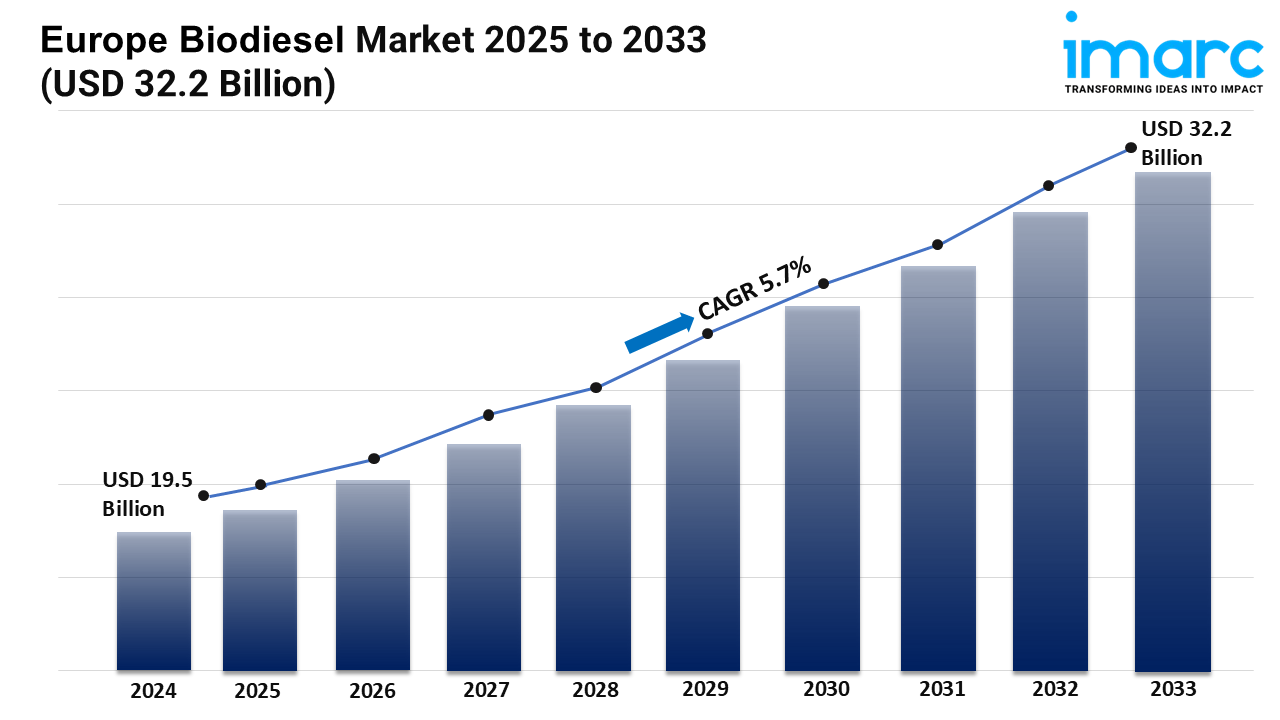
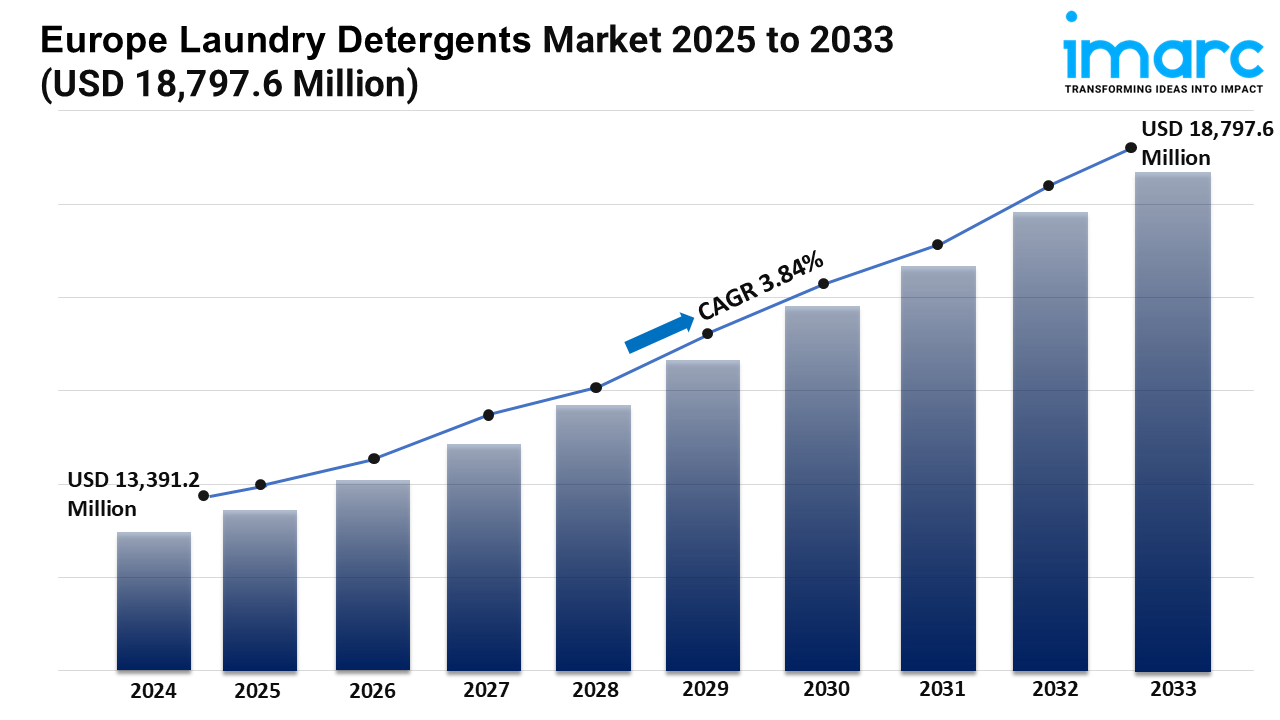
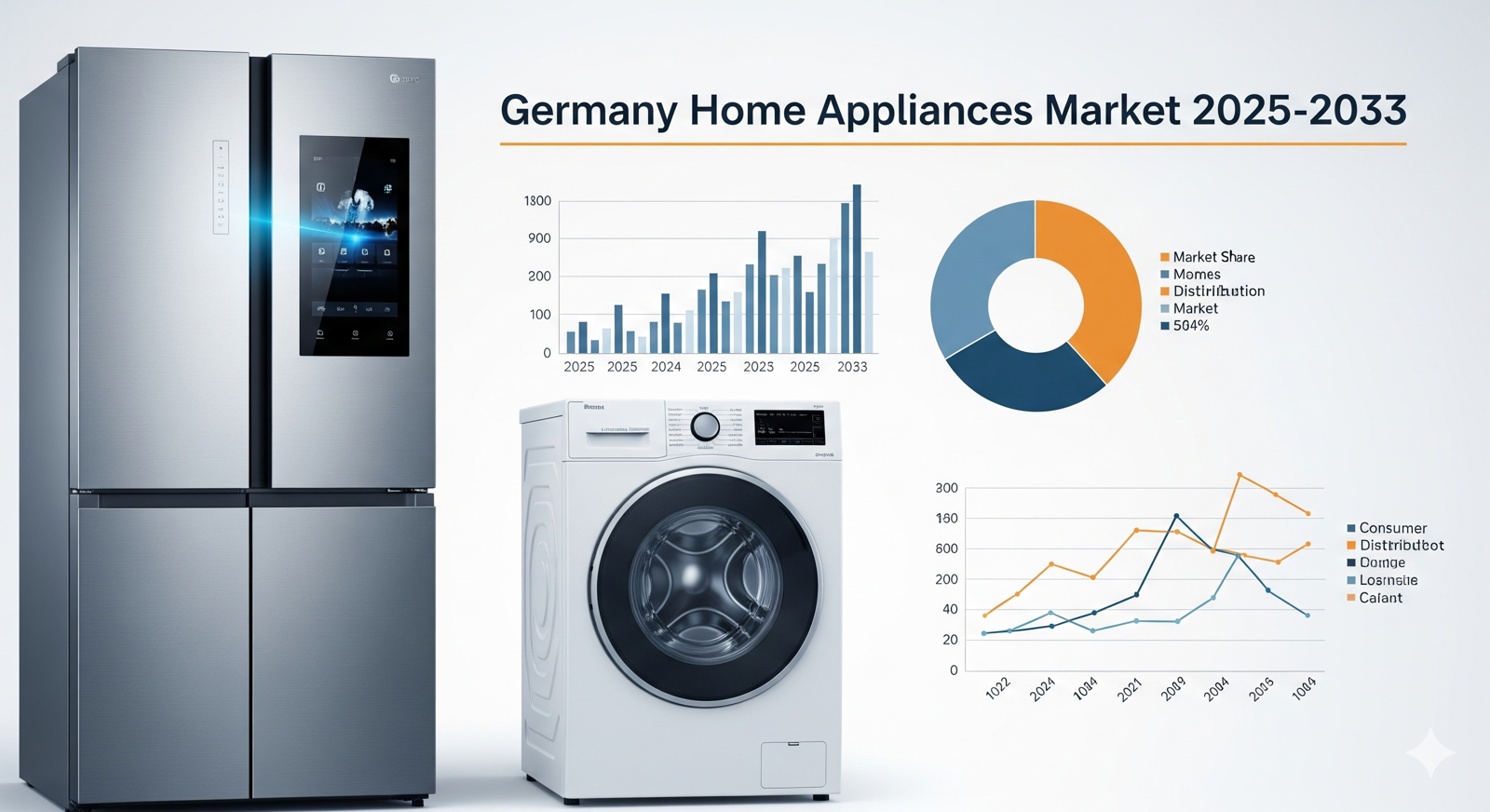
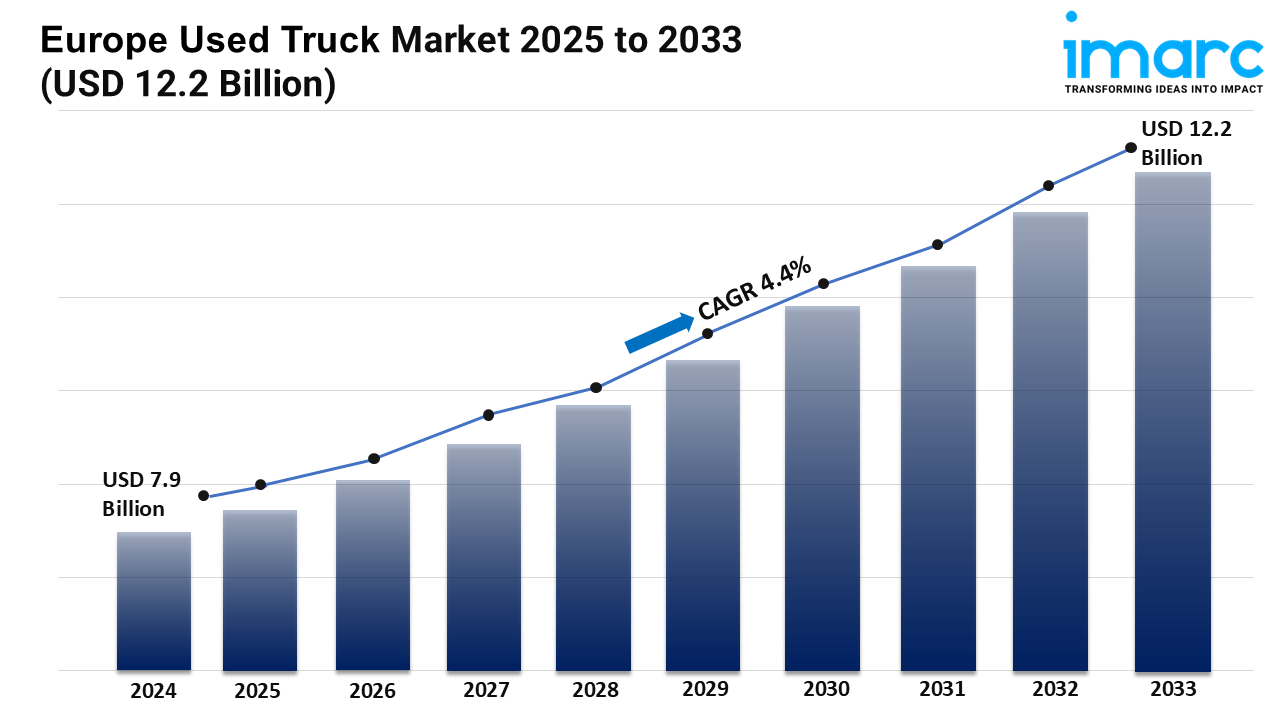
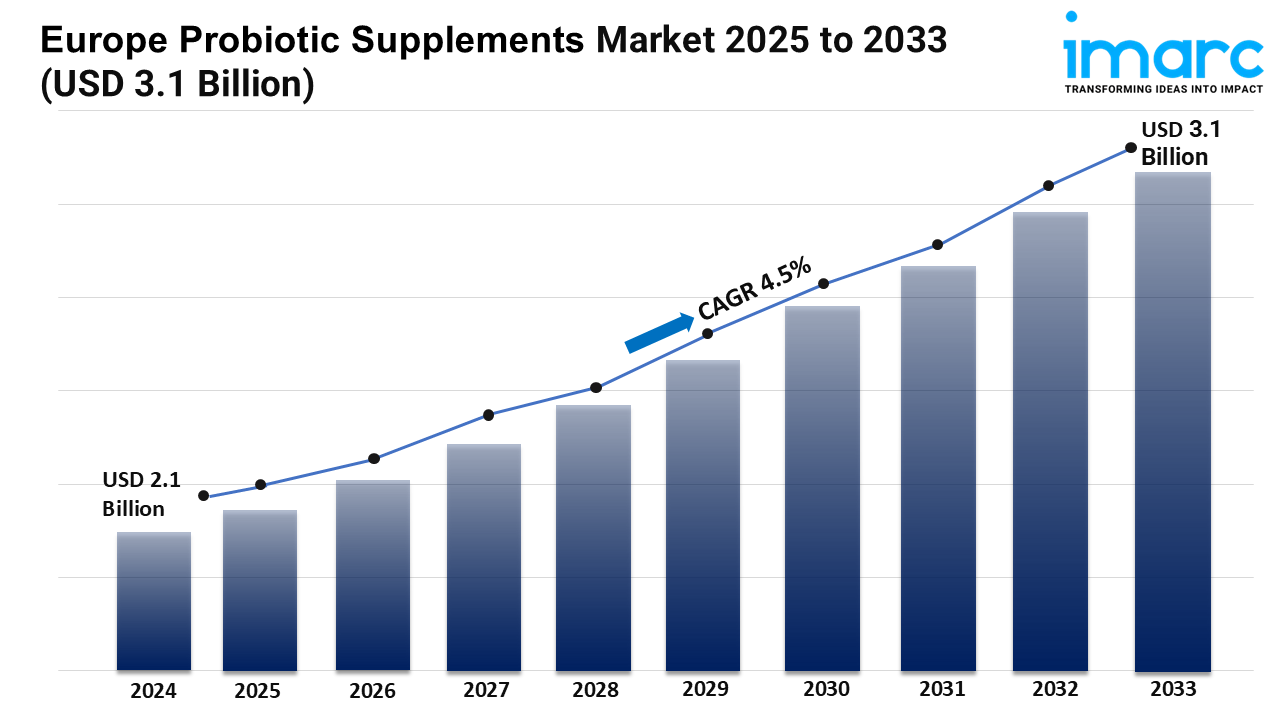
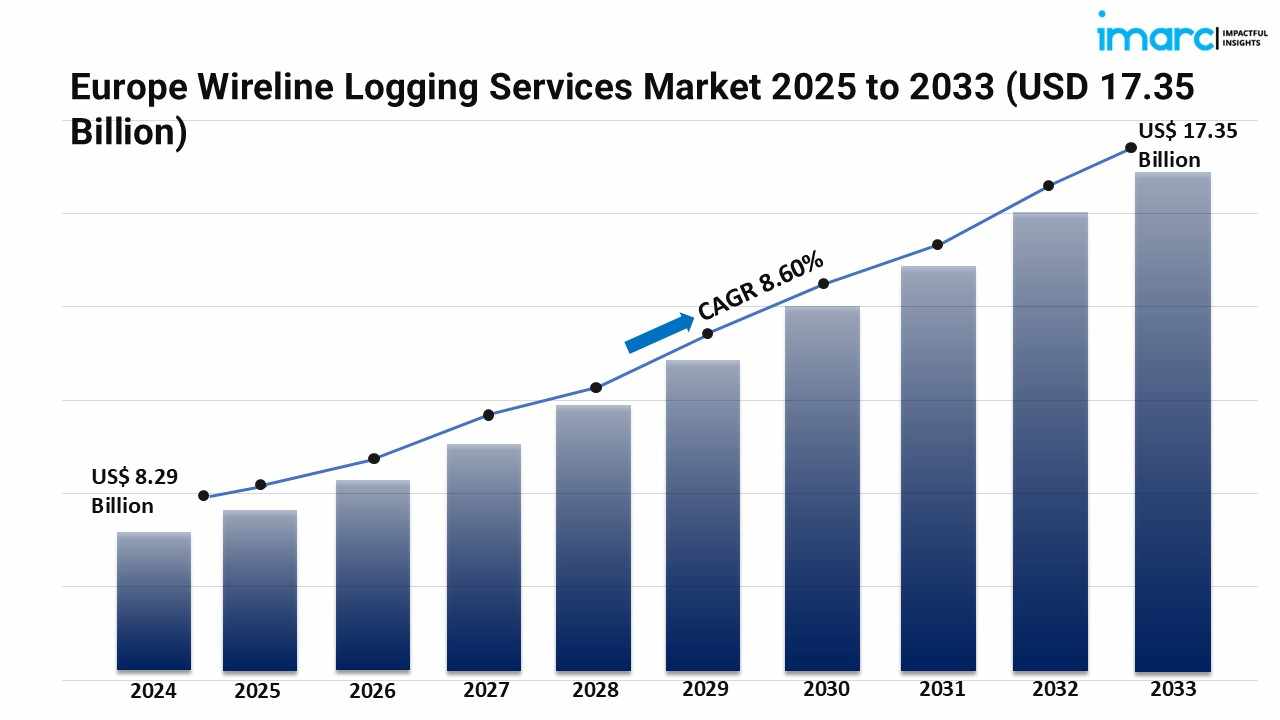
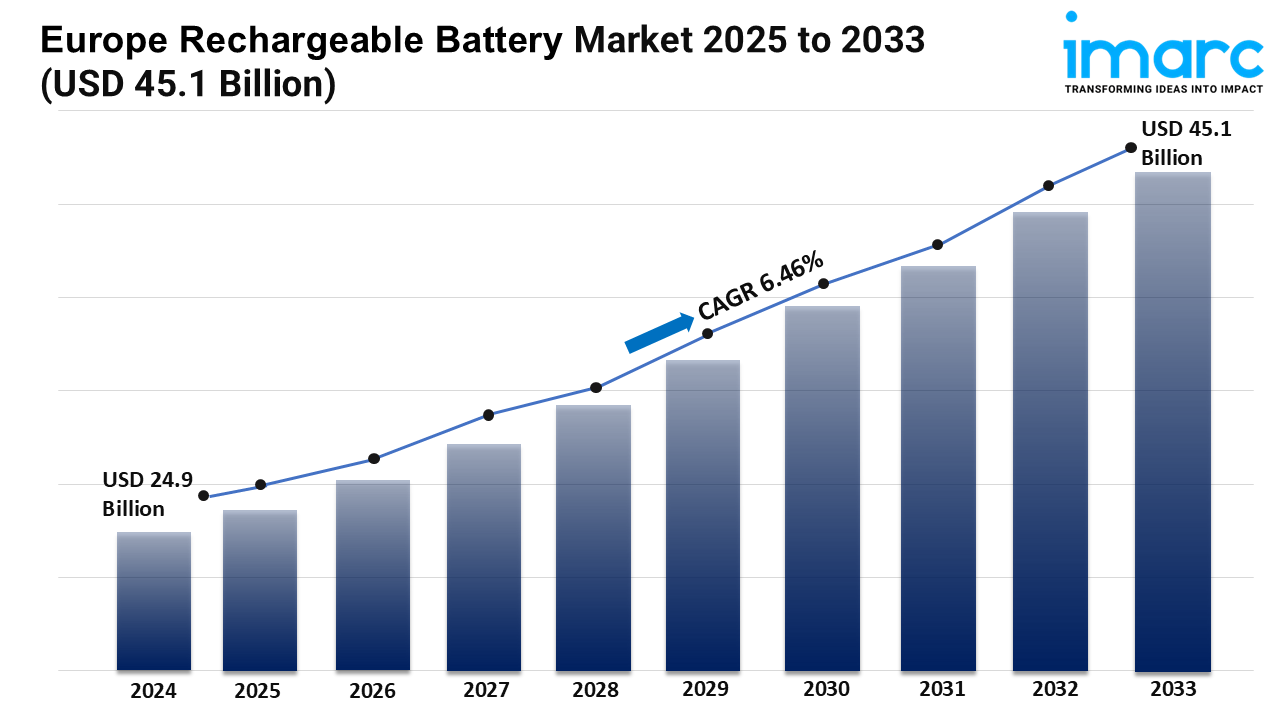
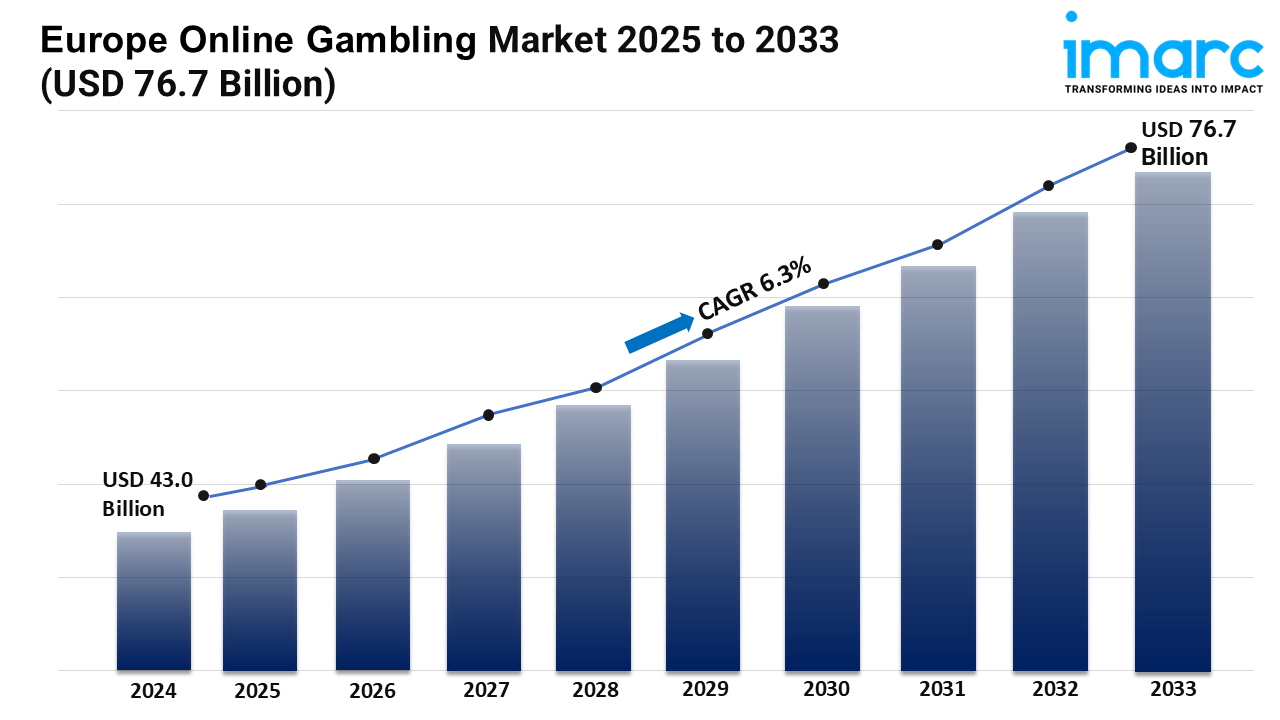



Write a comment ...